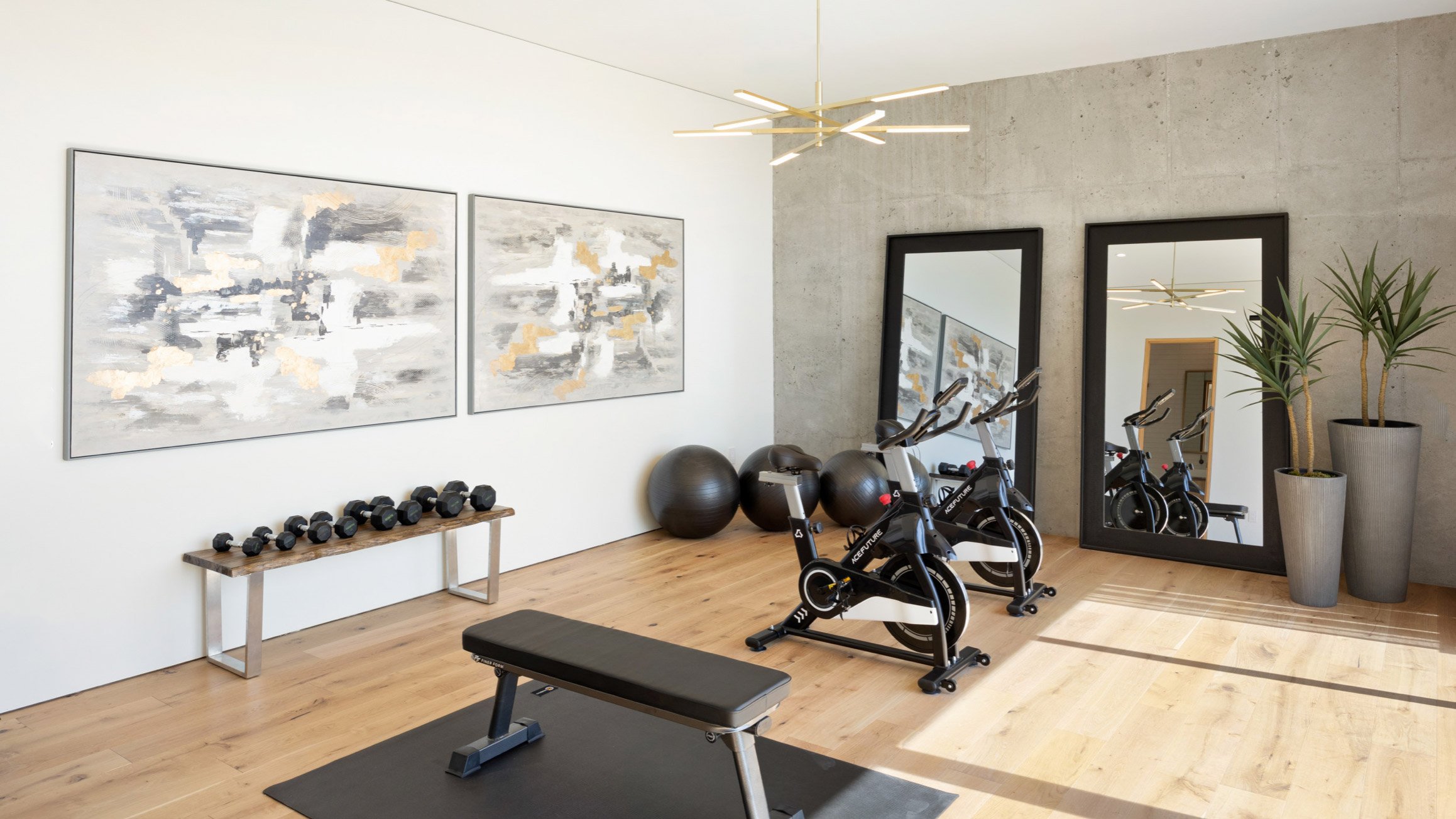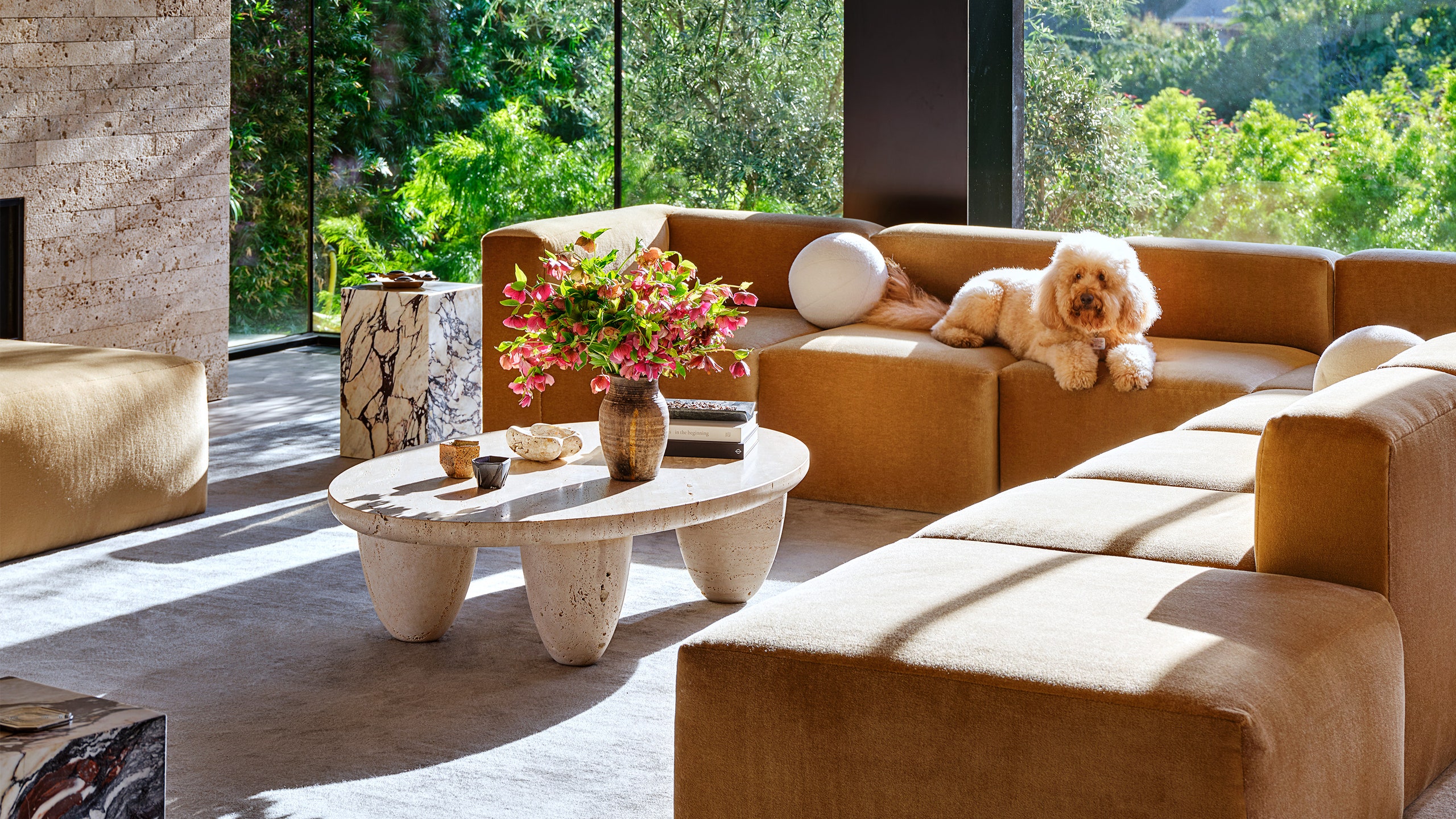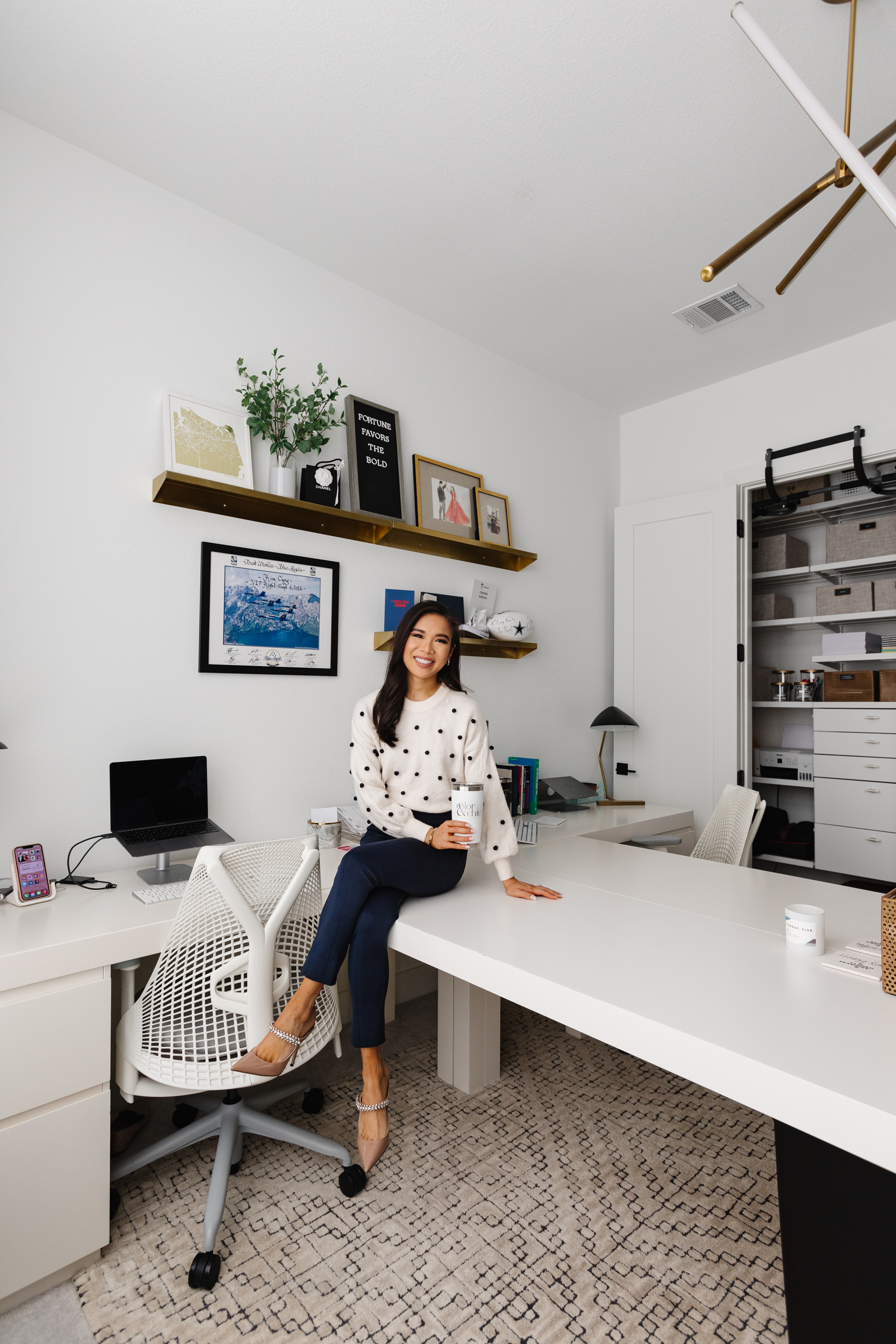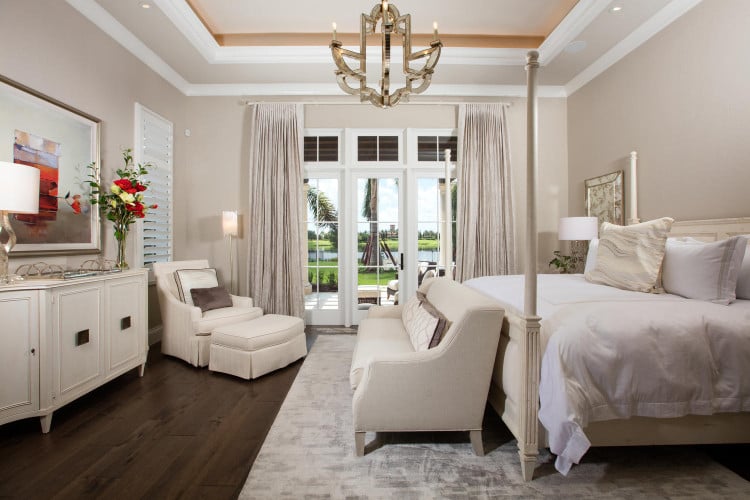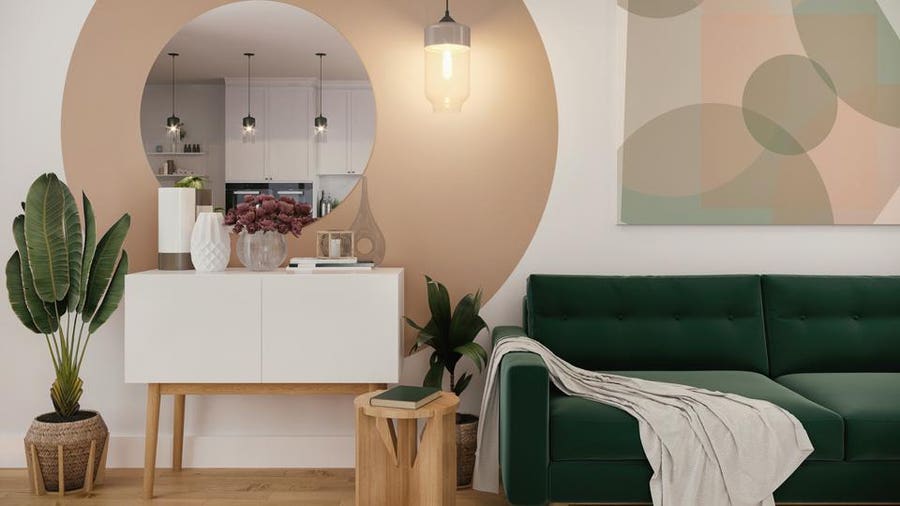The Role of Color Psychology in Home Design
Relating to designing our properties, we regularly deal with the format, furnishings, and decor. Nonetheless, one essential facet that’s typically neglected is the function of shade psychology in house design. The colours we select for our partitions, furnishings, and equipment can have a major affect on our temper, feelings, and general well-being. On this article, we are going to discover the fascinating world of shade psychology and the way it may be utilized to create harmonious and alluring areas.
The Fundamentals of Coloration Psychology
Coloration psychology is the examine of how colours have an effect on human habits and feelings. Totally different colours have the facility to evoke particular emotions and reactions in people. Understanding the fundamentals of shade psychology may help us make knowledgeable selections on the subject of selecting colours for our properties.
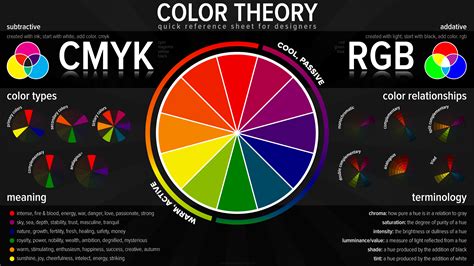
Heat Colours
Heat colours corresponding to purple, orange, and yellow are identified to evoke emotions of vitality, heat, and pleasure. These colours may be nice decisions for social areas like residing rooms and eating areas, as they promote dialog and create a full of life environment.
Cool Colours
Cool colours corresponding to blue, inexperienced, and purple have a relaxing and soothing impact. These colours are sometimes related to nature and might create a way of tranquility and rest. Cool colours are perfect for bedrooms and loos, the place we search relaxation and rejuvenation.
Impartial Colours
Impartial colours like white, beige, and grey are versatile and timeless. They supply a clean canvas for different colours and might create a way of stability and concord in an area. Impartial colours are sometimes used as a base in house design and may be paired with pops of shade to create visible curiosity.
Utilizing Coloration Psychology in Residence Design
Now that we perceive the affect of colours on our feelings, let’s discover how we will incorporate shade psychology into our house design.
Making a Welcoming Entryway
The entryway is the primary impression of our house, and the colours we select can set the tone for your complete house. Heat and alluring colours like shades of yellow or orange could make company really feel welcome and create a constructive first impression.
Designing a Stress-free Bed room
Our bedrooms ought to be a sanctuary the place we will unwind and recharge. Cool colours like shades of blue or inexperienced can create a serene and peaceable environment, selling higher sleep and rest.
Energizing the Kitchen
The kitchen is usually the center of the house, the place we collect to prepare dinner, eat, and socialize. Heat colours like purple or orange can stimulate urge for food and create a full of life and energetic setting. Nonetheless, it is essential to strike a stability and never overwhelm the house with intense colours.
Selecting Colours for Totally different Rooms
Every room in our house serves a distinct goal, and the colours we select ought to align with the meant use of the house. For instance:
- In a house workplace, colours like blue or inexperienced can improve focus and productiveness.
- In a kids’s playroom, vibrant and playful colours like yellow or purple can stimulate creativity and creativeness.
- In a toilet, calming colours like gentle blue or pastel shades can create a spa-like environment.
Case Research and Examples
Let’s check out some real-life examples of how shade psychology has been utilized in house design:
Case Research 1: The Energy of Blue in a Bed room
A examine performed by the Nationwide Sleep Basis discovered that individuals who slept in blue bedrooms reported waking up feeling extra refreshed and energized in comparison with those that slept in different coloured bedrooms. This highlights the affect of shade on our sleep high quality and general well-being.
Case Research 2: The Use of Inexperienced in a Residence Workplace
A examine revealed within the Journal of Environmental Psychology discovered that contributors working in a green-colored workplace reported larger ranges of temper enchancment and creativity in comparison with these working in different coloured places of work. This demonstrates the constructive results of shade on our cognitive talents and productiveness.
The Function of Coloration Mixtures
Whereas particular person colours have their very own psychological results, the mixture of colours may also play a major function in house design. Listed below are some in style shade mixtures and their affect:
Monochromatic Coloration Scheme
A monochromatic shade scheme includes utilizing completely different shades and tints of a single shade. This creates a harmonious and cohesive look, making an area really feel calm and balanced.
Analogous Coloration Scheme
A similar shade scheme includes utilizing colours which are adjoining to one another on the colour wheel. This creates a way of unity and stream in an area, making it visually pleasing and alluring.
Complementary Coloration Scheme
A complementary shade scheme includes utilizing colours which are reverse one another on the colour wheel. This creates a vibrant and dynamic look, including visible curiosity and vitality to an area.
Conclusion
Coloration psychology performs a vital function in house design, influencing our temper, feelings, and general well-being. By understanding the fundamentals of shade psychology and making use of it to our properties, we will create areas that aren’t solely visually interesting but in addition promote a way of concord, rest, and productiveness. Whether or not it is selecting heat colours for social areas, cool colours for bedrooms, or incorporating shade mixtures, the facility of shade in house design shouldn’t be underestimated. So, the subsequent time you embark on a house design mission, contemplate the affect of shade psychology and create an area that actually displays your required environment and feelings.
Q: Can shade psychology be utilized to small areas?
A: Completely! Coloration psychology may be utilized to areas of all sizes. In small areas, it is essential to decide on lighter colours to create an phantasm of openness and brightness. Cool colours like gentle blues and greens could make a small room really feel extra spacious, whereas heat colours like pale yellows can add heat with out overwhelming the house.
Q: Are there any cultural variations in shade psychology?
A: Sure, shade psychology may be influenced by cultural elements. Totally different cultures might have completely different associations and meanings hooked up to sure colours. For instance, whereas white is related to purity and innocence in Western cultures, it’s related to mourning in some Japanese cultures. It is essential to contemplate cultural context when making use of shade psychology in house design.
Q: Can shade psychology be used to promote a house?
A: Completely! When promoting a house, the colours used within the staging course of can have a major affect on potential patrons. Impartial colours are sometimes really helpful as they attraction to a wider viewers and create a clean canvas for patrons to ascertain their very own model. Nonetheless, incorporating pops of shade strategically may also create visible curiosity and make a house memorable.
